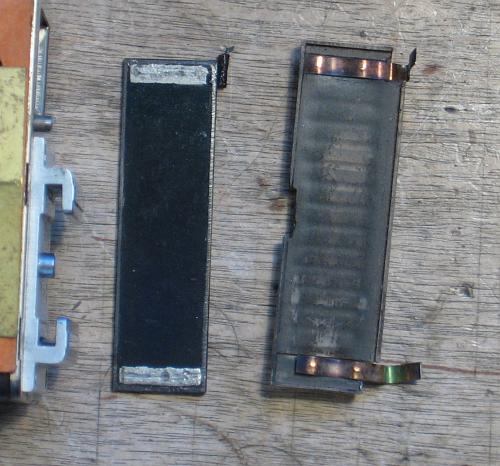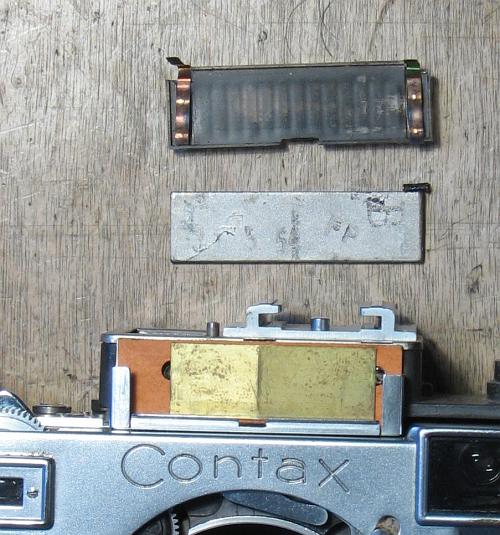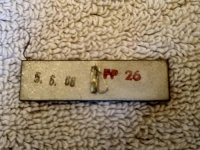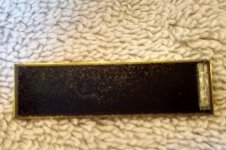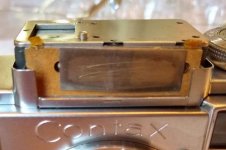error404
Newbie
Is anyone aware of a diagram that shows how the contacts in a Contax IIIa meter connect the selenium cell to the meter housing? So far, I've come across:
- Kiev Survival site (but Kiev meters seem to use different connectors)
- Zeisscamera.com site (which shows the connector clips attaching to the selenium cell, but not exactly how they connect to the meter :/



